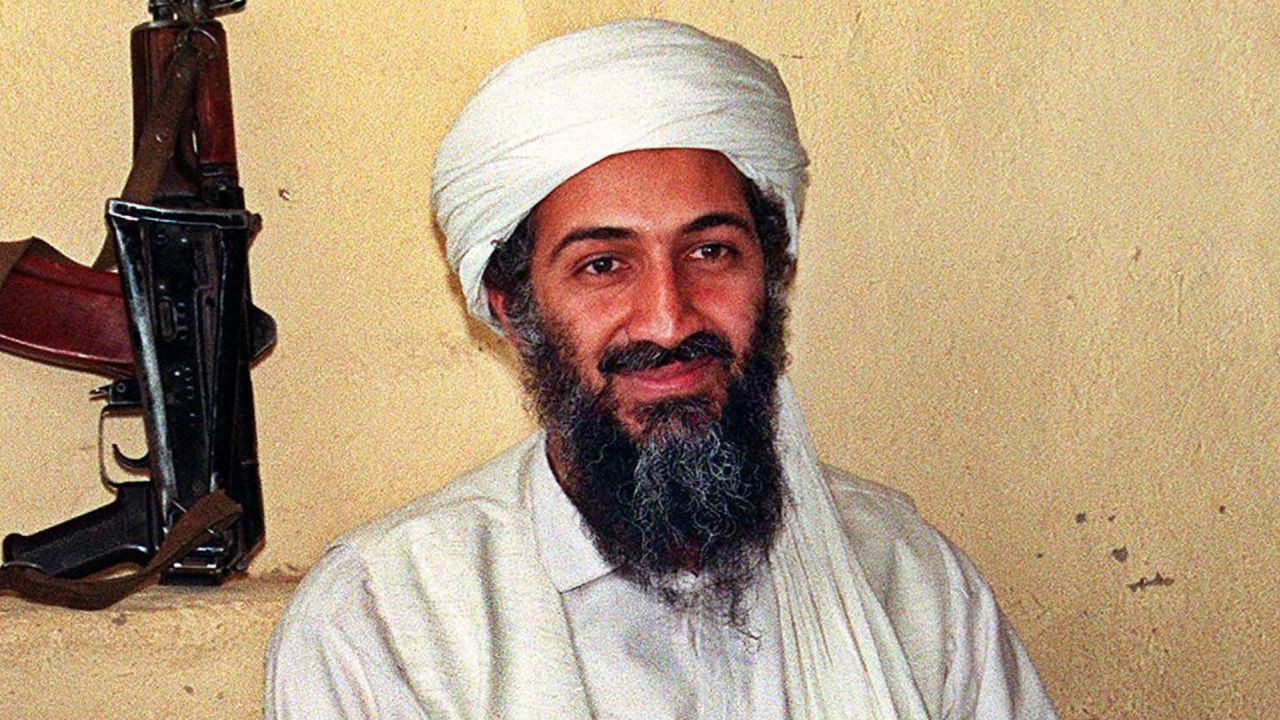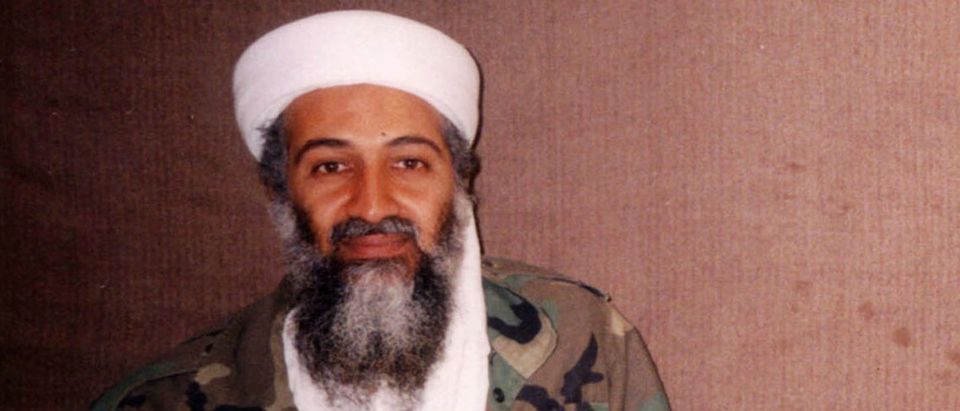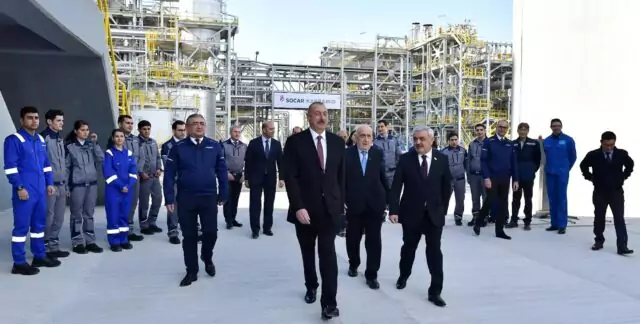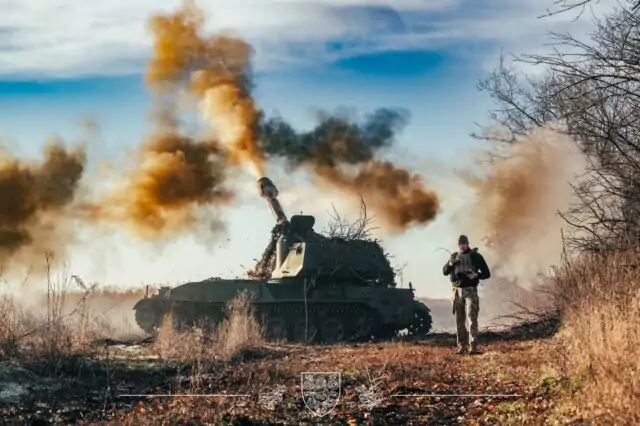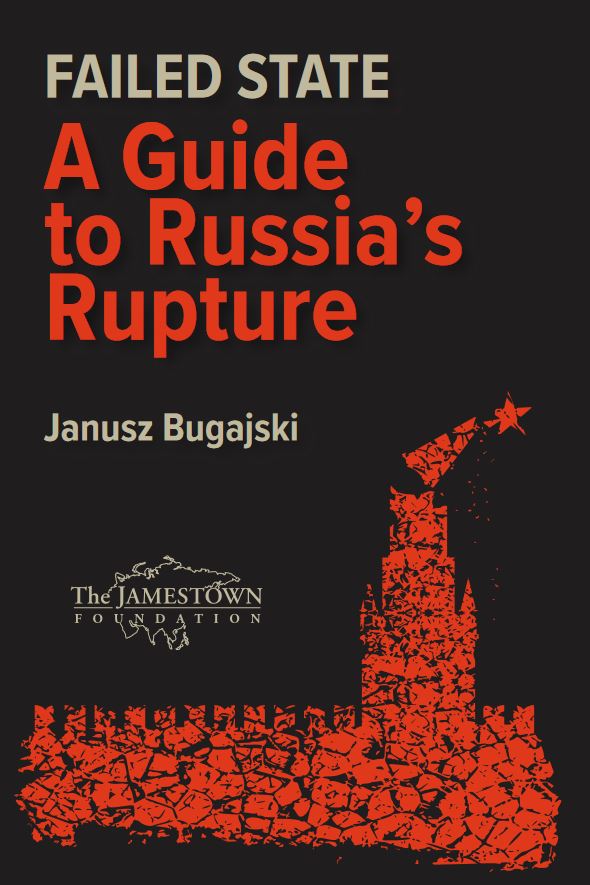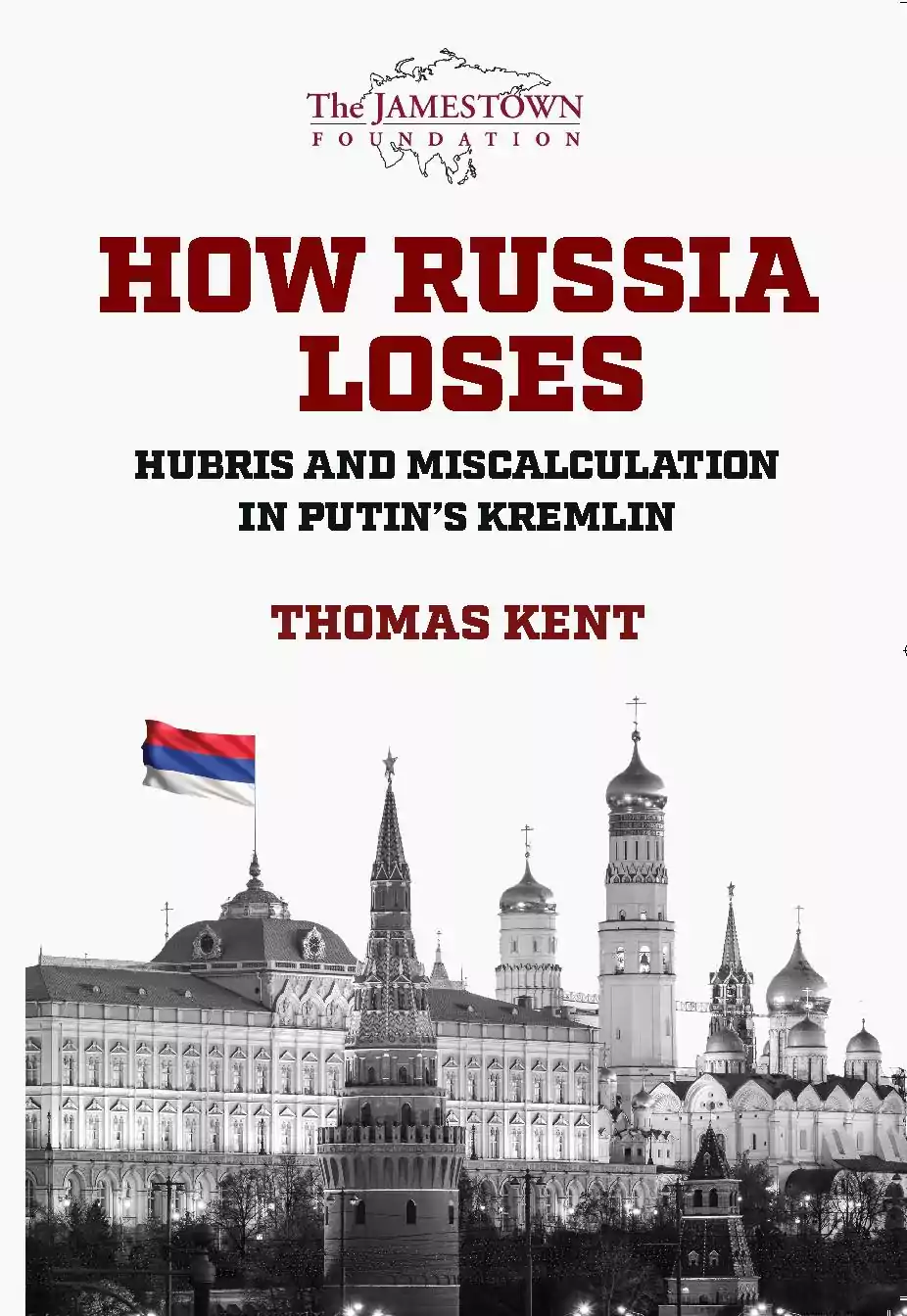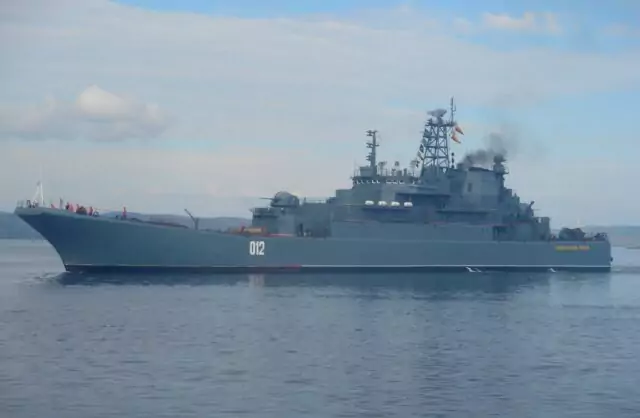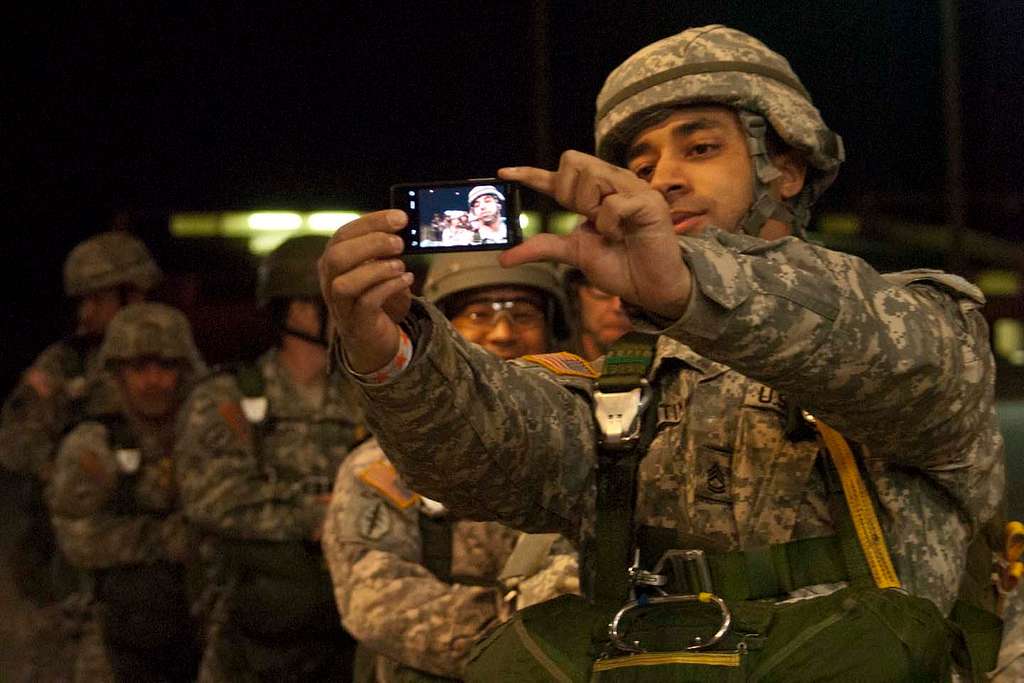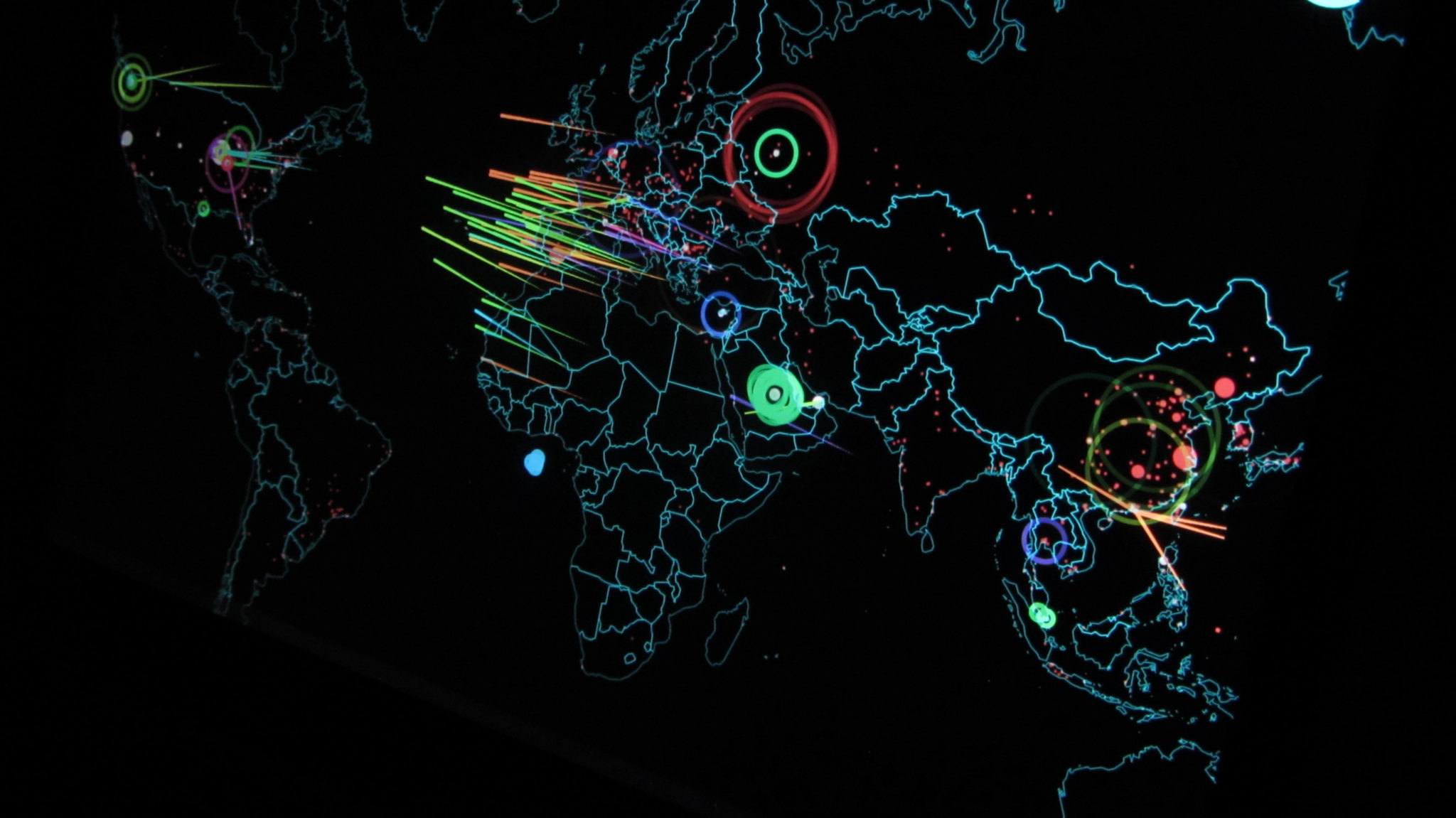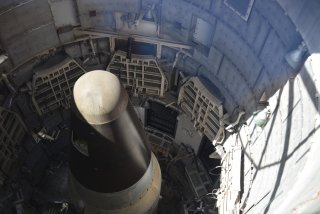Victor Davis Hanson
Proportionality in war is a synonym for lethal stalemate, if not defeat.
When two sides go at it with roughly equal forces, weapons, and strategies, the result is often a horrific deadlock -- like the four years of toxic trench warfare on the Western Front of World War I that resulted in 12 million fatalities.
The purpose of war is to defeat the enemy as quickly as possible with the least number of causalities -- and thereby achieve political ends.
So, every side aims to find superior strategies, tactics, weapons, and manpower to ensure as great a disproportionate advantage as possible.
Hamas is no exception.
Its savage precivilizational strategy to defeat Israel hinged on doing disproportionate things Israel either cannot or will not do.
First, Hamas spent a year planning a preemptive butchery spree inside Israel. Its ruthless murdering focused on "soft targets" like unarmed elderly, women, children, and infants, mostly asleep at a time of peace and holiday.
Second, it sought to collectively shock Israel into paralysis by the sheer horror of decapitating civilians, burning babies, mass raping, and mutilating bodies.
Another apparent aim of such premodern barbarity was to blame Israel's "occupation" for turning Gazans into veritable monsters, with hopes of derailing the renewed Abraham Accords.
Third, the gunmen took more than 240 hostages back with them to Gaza.

